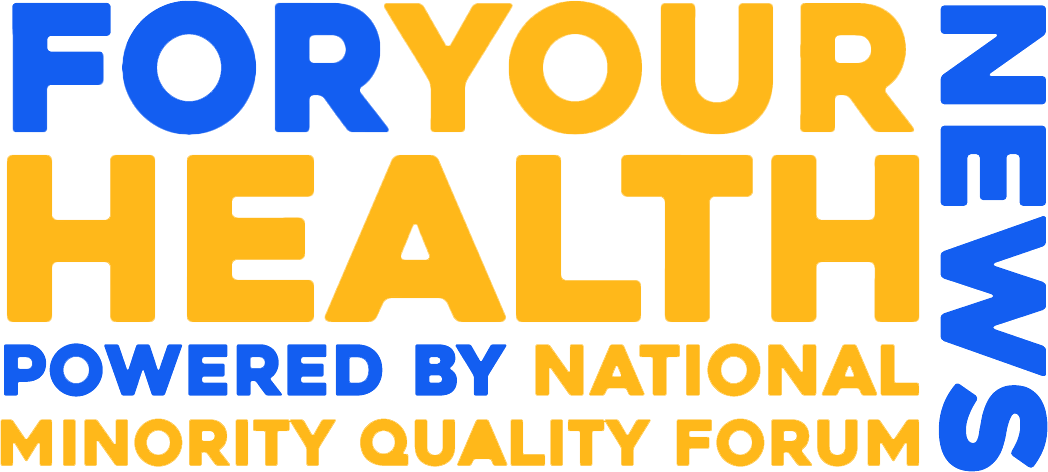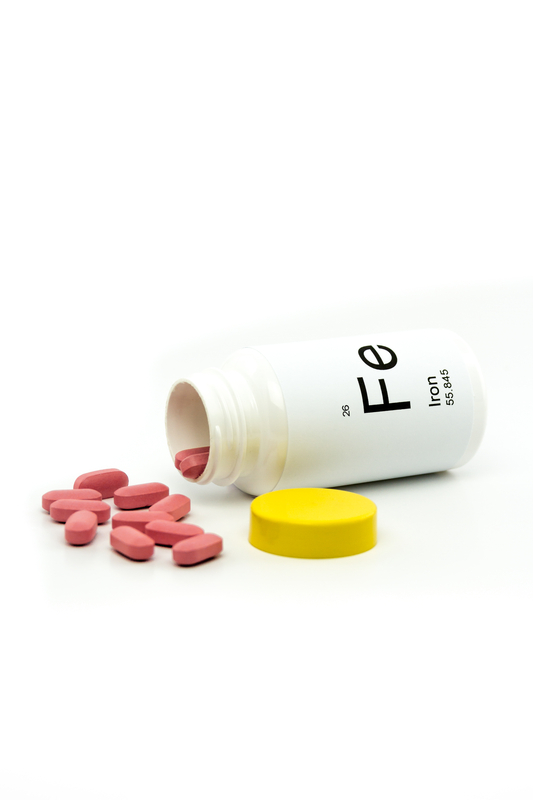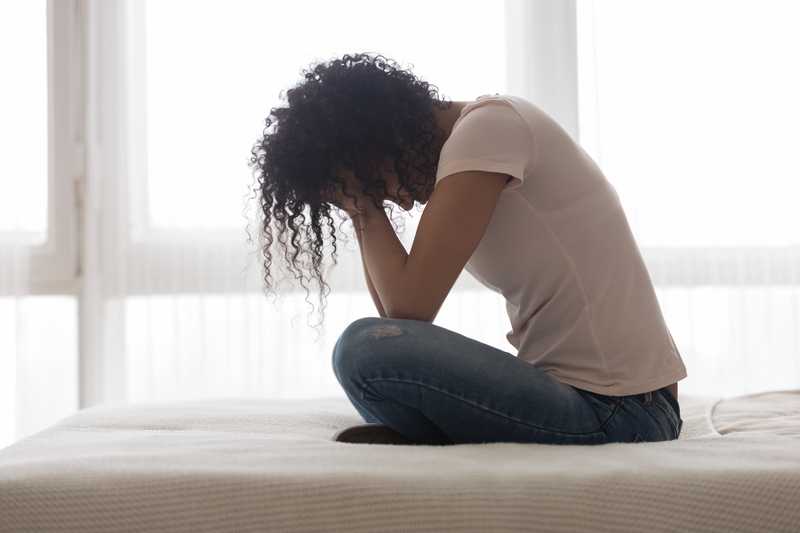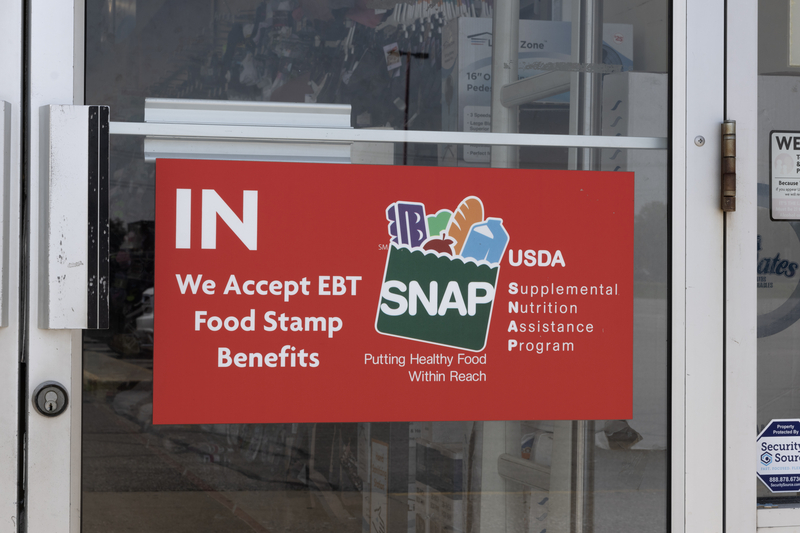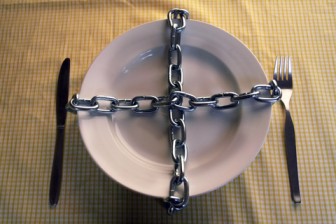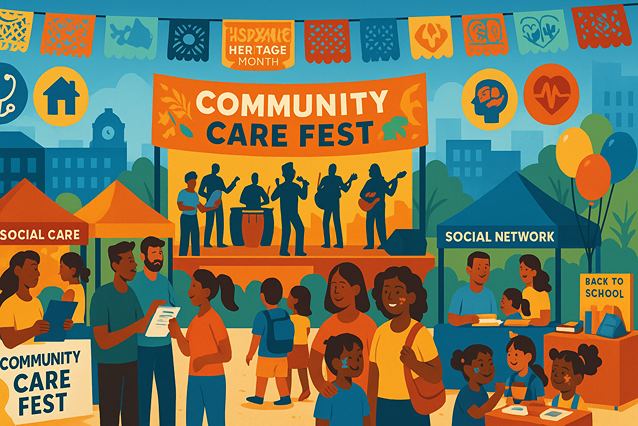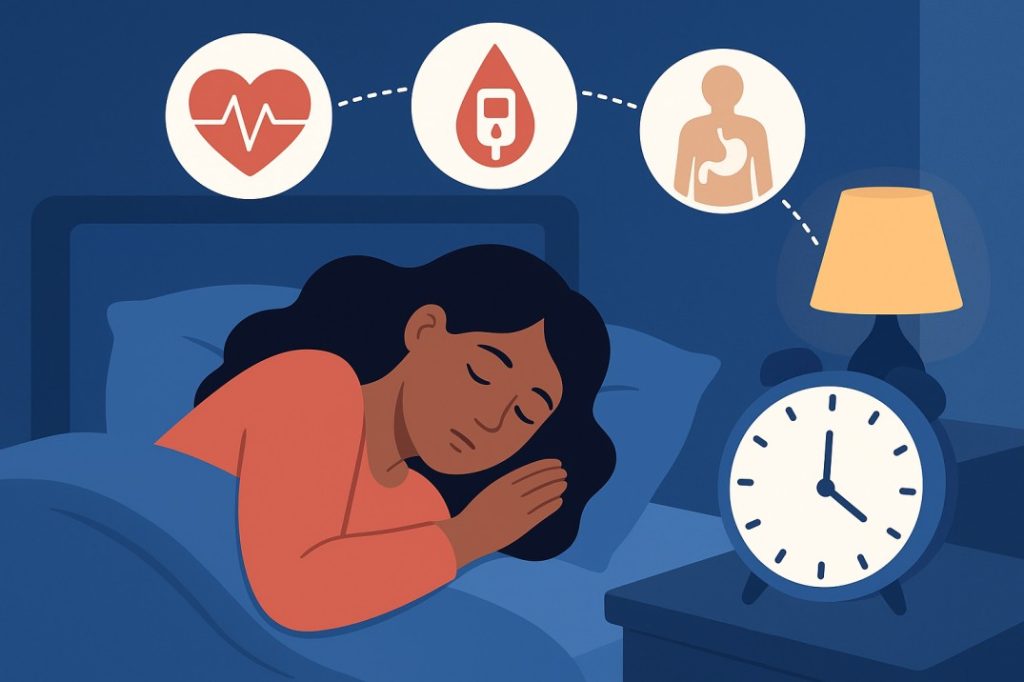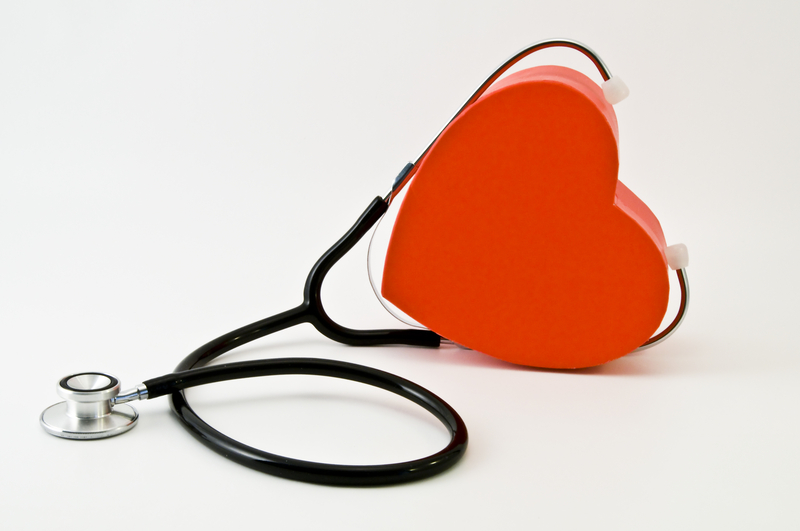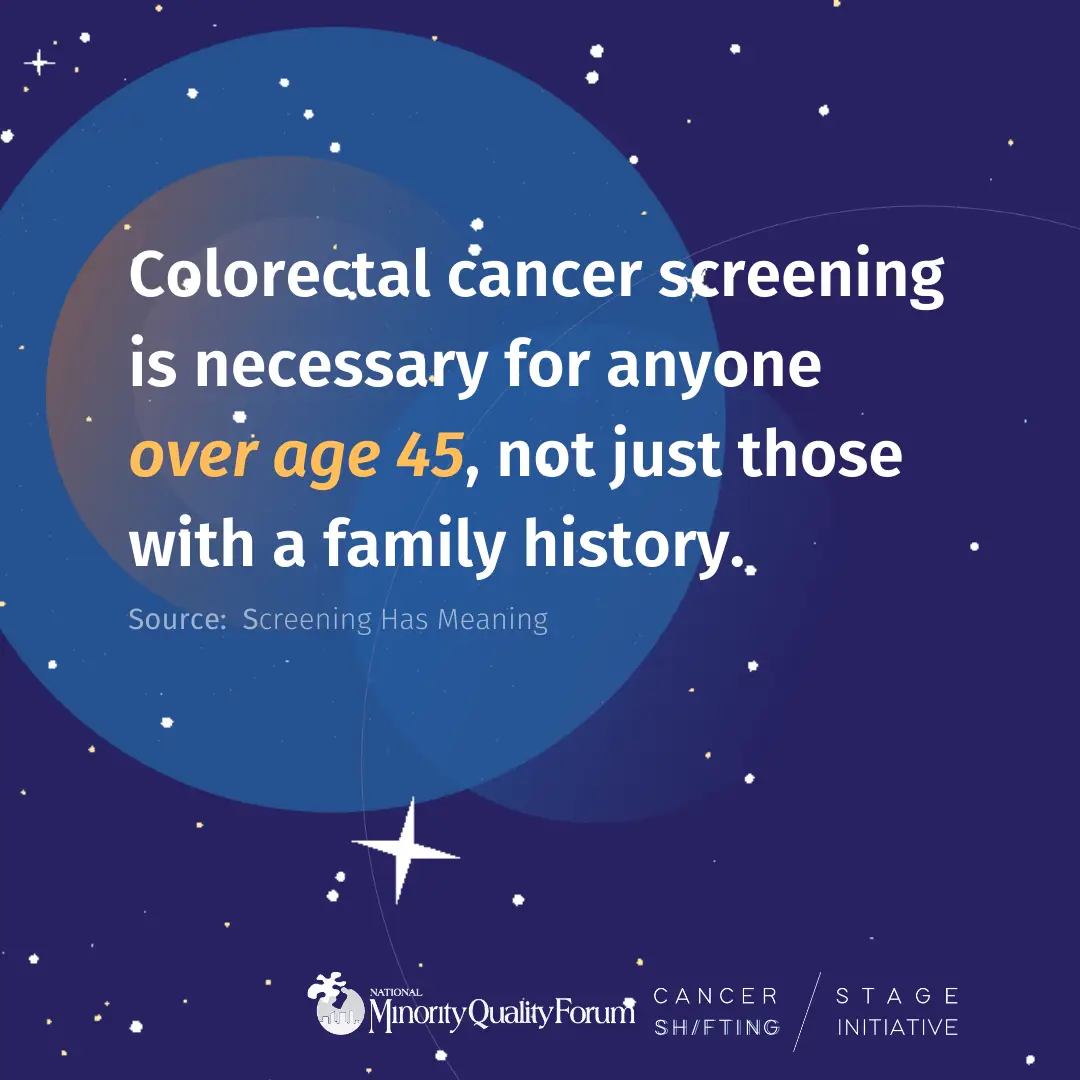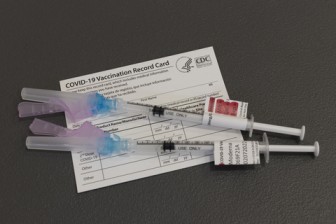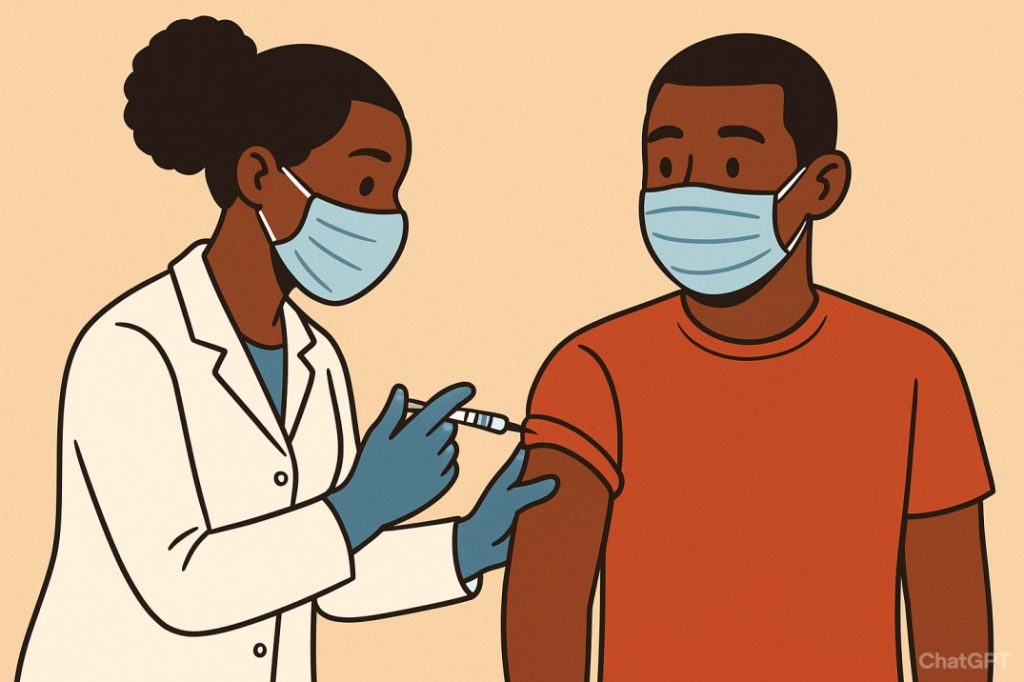
I used to think that exercise had to look a certain way. Gym memberships. Early morning boot camps. Fancy gear and perfectly curated fitness playlists. That image kept me stuck. It made movement feel like a luxury I couldn’t afford—in time, in energy, in money. But here’s what I’ve learned: small steps create big change. That truth reshaped how I think about movement—it doesn’t have to be perfect to matter.
But then something shifted. It wasn’t some big revelation—just a walk. A neighbor asked if I wanted to join her for a loop around the block. We walked, we talked, and we did it again the next day. No sweat-drenched workout, no gym fees. Just two people moving together. That’s how my fitness journey started. Not with a sprint, but with a stroll.
What I’ve come to realize is this: you don’t need a membership or a schedule to be active. You just need to begin.
But then something shifted. It wasn’t some big revelation—just a walk. A neighbor asked if I wanted to join her for a loop around the block. We walked, we talked, and we did it again the next day. No sweat-drenched workout, no gym fees. Just two people moving together. That’s how my fitness journey started. Not with a sprint, but with a stroll. And that’s when I realized that small steps can bring big change—for my body, my spirit, and my sense of community.
In my neighborhood, activity looks different for everyone. There’s the group of aunties who power-walk with matching sweatbands and stories for days. There’s a teen I see every afternoon practicing dance routines in her driveway, phone propped up against a flower pot. The family that turned their backyard into a vegetable garden now spends hours digging, weeding, laughing, and harvesting together.
None of it is fancy. But all of it is movement. Real, joyful, everyday movement.
When I started looking at physical activity as something communal and cultural—not just clinical—it changed everything. Ten minutes of dancing while dinner simmers. A short walk after breakfast. Stretching to gospel music. These small actions, rooted in rhythm and routine, began to feel good. And when something feels good, you keep doing it.
I started inviting others to join me. My cousin who works nights. The older neighbor who missed being part of her church fitness group. We meet up in the park sometimes, or just loop around our apartment building. We count laps in stories, not miles.
What I love most is how these little moments add up. They build community. They build confidence. They remind us that wellness isn’t always about performance—it’s about presence.
So if you’re sitting there thinking, “I should move more but I don’t know where to start,” let me say this: start where you are. Take your baby for a stroller walk. Two-step in your living room. Stretch while you watch your favorite show. Invite a friend for a chat-and-walk instead of coffee. It doesn’t have to be hard. It just has to happen.
Because small steps? They create big change.
And the best part? You don’t have to do it alone.
Let’s move together.
Also Read: Black Mental Health Tips: Protect Your Peace and Heal
Trending Topics
Features
- Drive Toolkit
Download and distribute powerful vaccination QI resources for your community.
- Health Champions
Sign up now to support health equity and sustainable health outcomes in your community.
- Cancer Early Detection
MCED tests use a simple blood draw to screen for many kinds of cancer at once.
- PR
FYHN is a bridge connecting health information providers to BIPOC communities in a trusted environment.
- Medicare
Discover an honest look at our Medicare system.
- Alliance for Representative Clinical Trials
ARC was launched to create a network of community clinicians to diversify and bring clinical trials to communities of color and other communities that have been underrepresented.
- Reducing Patient Risk
The single most important purpose of our healthcare system is to reduce patient risk for an acute event.
- Subash Kafle
- Victor Mejia
- Jessica Wilson
